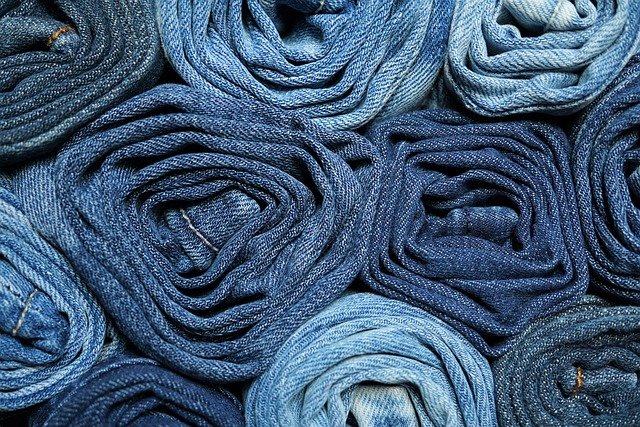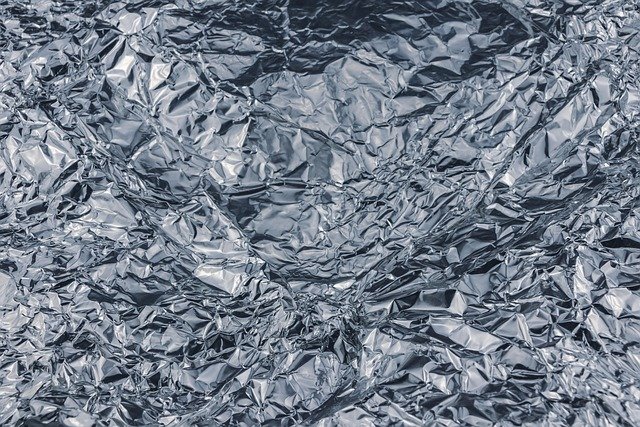Jeans: Material, Fit, and Role in Modern Clothing
Jeans are a durable style of pants made primarily from denim fabric that have become a staple in wardrobes worldwide. Originally workwear, they now span casual, smart-casual, and some workplace contexts. This article explains materials, construction, fit choices, care basics, and the place of jeans within contemporary clothing and fashion.

What are jeans made of?
Jeans are typically made from denim, a cotton twill fabric characterized by a diagonal ribbing. Traditional denim uses indigo-dyed warp yarns and undyed weft yarns, producing the classic blue exterior and lighter interior. Modern jeans may blend cotton with elastane or polyester to add stretch and durability, which affects comfort and fit. Selvedge denim, woven on old-style shuttle looms, is often denser and prized for its clean edge and long-term aging characteristics.
Fabric weight and construction influence how jeans break in and wear over time. Heavyweight denim (12–16 oz per square yard) is stiffer initially and develops pronounced fading and creasing with wear, while lightweight denim is softer out of the box but may show less dramatic aging. Sustainable options such as organic cotton, recycled fibers, and low-impact dyes are increasingly available; they can change feel and longevity compared with conventional denim.
How is denim produced and treated?
Denim production begins with spinning cotton into yarn, dyeing warp yarns (often with indigo), and weaving them into twill fabric. After weaving, denim can be sanforized to reduce shrinkage, or left unsanforized for a raw denim experience that shrinks and molds to the wearer. Post-weaving treatments include stone-washing, enzyme washes, and mechanical abrasion to create specific textures and levels of fade. Coating and resin finishes can add sheen or stiffness for certain styles.
Various finishing processes aimed at achieving pre-worn looks can have environmental and durability implications. Stone-washing, for example, traditionally used pumice stones and large volumes of water; enzyme washes offer a lower-impact alternative but still require careful wastewater management. Consumers who want lasting color and fewer environmental impacts can opt for minimally treated or raw denim and follow care practices that reduce water and chemical use.
How do jeans fit into clothing choices?
Jeans are versatile clothing that can anchor many outfits: paired with a T-shirt for casual wear, with a shirt and blazer for smart-casual looks, or with layered outerwear in colder months. Fabric weight and cut determine seasonality—lighter denim is comfortable in spring and summer, while heavier denim provides structure and warmth in fall and winter. The silhouette (skinny, tapered, straight, relaxed, bootcut) shapes the overall appearance and how other pieces coordinate with the jeans.
Choosing a style also depends on the occasion and personal comfort. Straight or slim-straight cuts are widely wearable and work across many settings, while tapered or skinny jeans create a more fitted look. Work or outdoor situations may call for reinforced or relaxed cuts that allow movement. Understanding how a pair of jeans interacts with shoes, belts, and outer layers helps integrate them into a coherent wardrobe.
How do jeans influence fashion trends?
From early 20th-century workwear to postwar youth culture, jeans have repeatedly shifted meaning in fashion. They moved from practical garments to symbols of rebellion in the 1950s and 1960s and later became a canvas for designers and streetwear labels. Runway shows and collaborations with denim mills and artists have elevated certain styles, finishes, and silhouettes into mainstream fashion cycles while subcultures continue to drive niche trends like patched or customized jeans.
Recent trends emphasize sustainability, niche manufacturing (such as selvedge and small-batch mills), and personalization through repairs, distressing, or embroidery. These shifts reflect broader consumer interest in traceability and long-term garment value. At the same time, classic cuts retain market share because of their adaptability and ease of integration into diverse wardrobes and fashion sensibilities.
How to choose pants: fit, fabric, and function
Selecting the right jeans involves balancing fit, fabric, and intended use. Measure waist, hip, thigh, and inseam and compare those against brand sizing charts; remember that rise (high, mid, low) affects where the jeans sit on the torso and influences comfort and proportion. Consider whether you want structure (heavier denim) or immediate comfort (lighter stretch blends), and choose a leg opening that complements your typical footwear and overall style.
Care and longevity are part of the selection decision. Raw or minimally treated denim requires different maintenance than pre-washed jeans—raw denim may be worn longer between washes to develop natural fades, while pre-washed or coated jeans can require gentler handling to preserve finishes. Simple at-home repairs, such as patching small holes and reinforcing seams, can extend the life of a favorite pair and align with sustainable clothing practices.
Jeans remain a widely used form of clothing because they combine durable construction with adaptable style. Understanding materials, production methods, and how fit relates to function helps shoppers make informed choices that suit daily needs, aesthetic preferences, and sustainability goals. Proper selection and care can keep a pair of jeans performing well for years while reflecting personal style and practical requirements.




